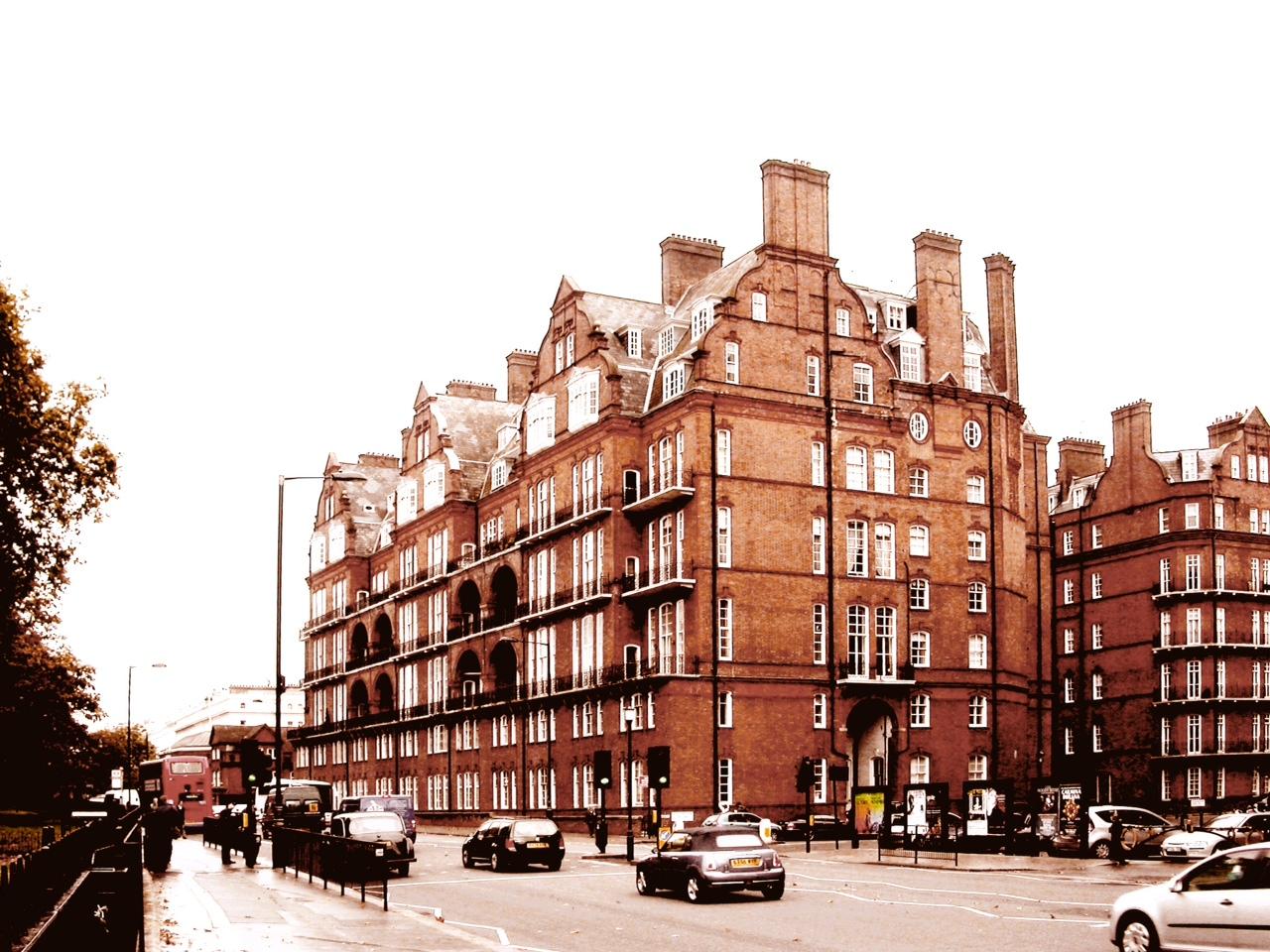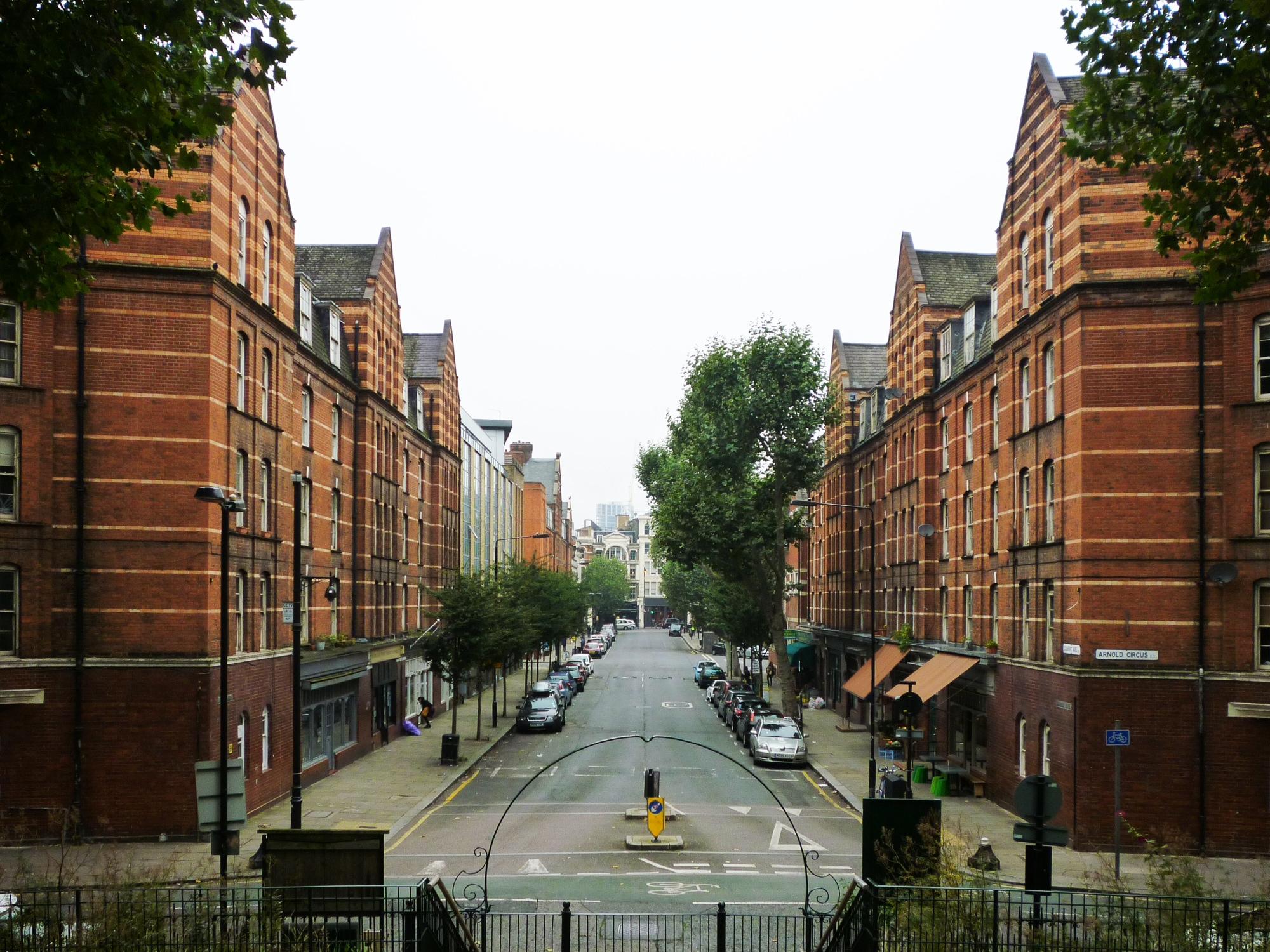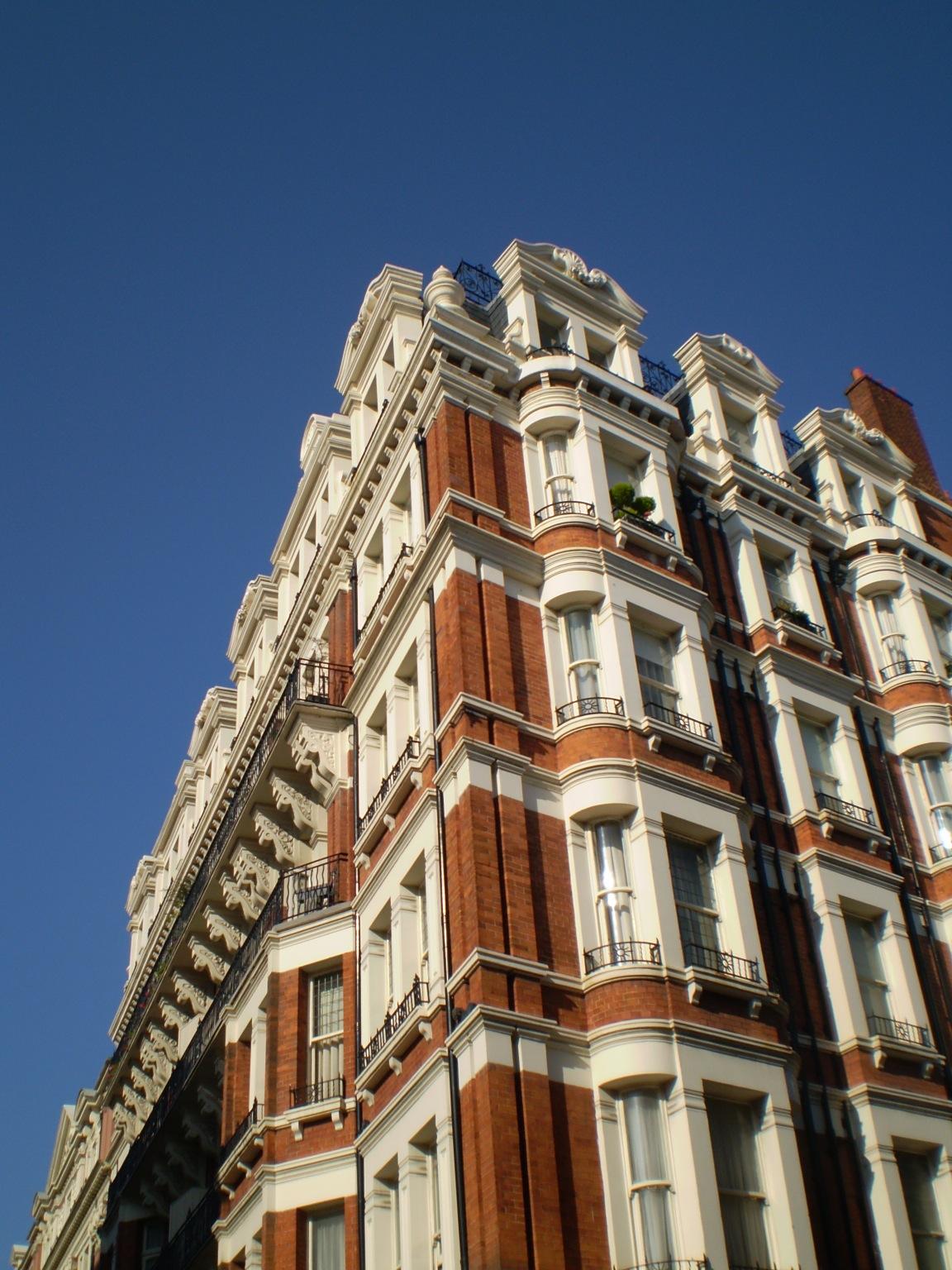"Housing as City Making: the invention, development and significance of the mansion block as a building type in mid-late 19th and early 20th century London"
Mid-19th century London saw the introduction of the so-called "French flats": mid-rise mansion blocks whose form would forever alter the urban landscape and the city's relationship with multi-family housing. Although the mid-rise apartment block had for centuries proved to be a successful, sustainable urban housing model in countries such as Italy, France and Austria, its introduction to London was seen as a risky experiment in terms of residential provision, economics of development and urban form. Despite this "experiment" enduring little more than half a century, the London Mansion Block would come to redefine the scale and character of large sections of the city from South Kensington to Battersea to Maida Vale. This study will focus on the emergence of the London mansion block type, its reception at the time, its typological development over its first fifty years and its impact on the urban form and character of 19th century and early 20th century London.
As residential towers and blocks of flats continue to be constructed in nearly all areas of London, architects, planners and developers have begun searching for an urban housing model that successfully contributes to the creation of well-defined public spaces as well as serving the needs of its inhabitants. With the current London housing crisis, the mid-rise block has been brought to the forefront of the discussion on the need for high-quality, high-density urban housing. Due to its ability to provide quality residential units and communal spaces whilst addressing complex issues such as density, the creation of a recognisable urban fabric, financial feasibility, long-term sustainability/adaptability, advances in technology and environmental engineering as well as changes in long-established social and cultural norms, the London mansion block provides such a model.
The study looks to re-exam the development and legacy of the London mansion block providing crucial lessons for contemporary architects, planners and developers not only in terms of the design and delivery of housing but also its contribution to the design and urbane character of the city. As many of the mansion blocks continue to be occupied, knowledge of how they were built, their expected lifespans and to what extent they may be adapted to modern life could hardly be more pressing.




